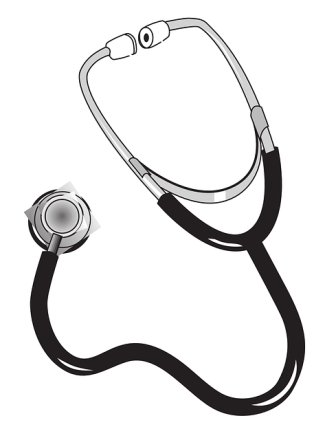Defining Diverticulitis
Defining Diverticulitis

Diverticulitis is a common disease found in the digestive area, particularly in the large intestine. Diverticulitis develops from diverticulosis, which involves the formation of pouches on the outside of the colon. These pouches are called diverticula and diverticulitis results of one of these diverticula become inflamed. Small protruding sacs of the inner lining of the intestine can develop in any part of the intestine. They are most commonly found in the colon, specifically in the sigmoid colon. The diverticula increase in frequency after the age of 40. Symptoms of diverticulitis may include alternating diarrhea and constipation, and severe, intermittent cramps in the lower left side of the abdomen.
Defining Diverticulitis
Diverticulosis is very common, being found in more than half of Americans over the age of 60. Only a small percentage of these people will develop the complication of diverticulitis. Diverticulitis is caused by inflammation or a small perforation with a diverticulum. Direct risk factors for diverticulitis are not known, but they may include older age or a low fiber diet. To prevent diverticulitis, eat regular, nutritious meals containing high fiber foods, such as fruits and vegetables. It is also vital to drink plenty of water and to watch for changes in bowel movements, get enough rest and sleep, and to avoid foods such as popcorn.
Diverticulitis typically causes pain, tenderness, and fever, but unlike diverticulosis, diverticulitis does not generally cause gastrointestinal bleeding. If a doctor has diagnosed diverticulosis, a diagnosis of diverticulitis may be based almost entirely on the symptoms. Many other conditions involving the large intestine and other organs in the abdomen and pelvis can cause symptoms similar to diverticulitis. These symptoms are similar to appendicitis, colon or ovarian cancer, an abscess, which is a pus filled pocket of infection, and non-cancerous growths on the wall of the uterus.
A doctor may perform a colonoscopy once inflammation has subsided or the infection has been treated. A colonoscopy is an examination of the large intestine using a flexible viewing tube. These tests are performed to either confirm the presence of assess the severity of diverticula and to rule out the possibility of colon cancer. Colonoscopy or barium enema x-rays usually need to be delayed for several weeks after treatment as they may damage or rupture an inflamed intestine. Exploratory surgery is rarely required to confirm or deny the diagnosis.
For uncomplicated divertusulosis, the primary physician may recommend a high fiber diet and the use of stool softeners. An attack of acute diverticulitis may require hospitalization which will include a treatment regimen of antibiotics, intravenous fluids, and nasogastric suction, which is a procedure that relieves pressure in the intestine. In most cases which require surgery, the surgeon will remove the diseased section of the intestine and joins the remaining sections together. Some patients may require a temporary colostomy. A colostomy is an operation to bring part of the large intestine to the abdominal surface to form a new opening for bowel movements. Diverticulitis is usually mild and should respond well to antibiotics and changes in diet.


